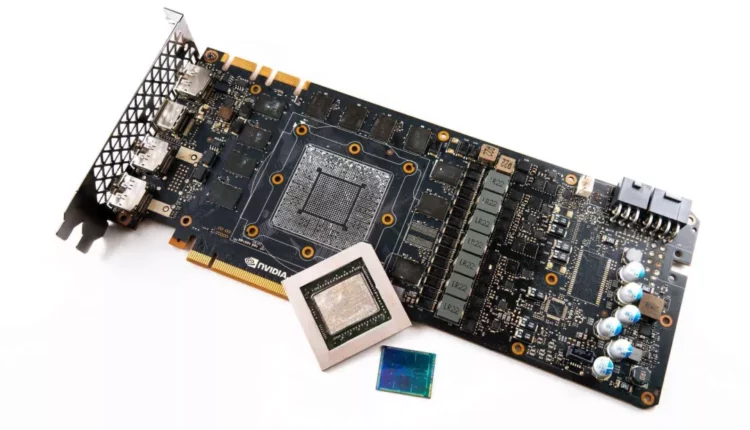©2021 Reporters Post24. All Rights Reserved.
One more surprise that’s made in China
Why it matters: Over the past several years, Chinese companies have been busy developing x86 processors, DRAM, and NAND memory that could soon replace the need for foreign solutions. In the meantime, no one noticed that a company called Innosilicon has developed the first Chinese graphics card that’s capable of gaming.
While everyone looking to buy a GPU has their eyes set on what AMD, Nvidia, and Intel are doing, it’s easy to miss the quiet work of Chinese companies looking to break into the consumer and server GPU markets. Back in September, we learned that Jingjia Micro (also known as Jingjiawei) was testing two graphics cards — a lower end model that is said to be as powerful as a GeForce GTX 1050 or Radeon RX 560, and a higher end model that could rival something like a GeForce GTX 1080 or an RX Vega 64.
Jingjiawei isn’t the only Chinese company trying to develop a GPU. Innosilicon set out on a similar path by partnering with a company called Xiandong, who already has some experience in making server GPUs. The two companies made a graphics card they call the Fenghua 1 and can be used as a compute accelerator card for the data center or as a desktop graphics card.

Interestingly, the Fenghua 1 is based on PowerVR IP from Imagination Technologies. It also supports APIs like OpenGL, Vulkan, OpenGL ES, OpenCL, and DirectX, which is a first for any Chinese GPU. And since it’s also aimed at the consumer market, it comes with an HDMI 2.1 port, a DisplayPort 1.4, and even a DVI port.
Not much is known about the hardware itself, but the announcement does say the card features Micron GDDR6X video memory, and that the GPU is based on one of Innosilicon’s Innolink chiplet designs. Additionally, the card is compatible with the PCIe 4.0 standard and works under Windows, Linux, and Android environments, but the press release doesn’t tell us anything useful about its performance. The only number we get is FP32 performance, which is rated at 6 teraflops. For reference, AMD’s RX 6600 is capable of 7.3 teraflops and Nvidia’s GTX 1660 SUPER can reach a hair over 5 teraflops.
Another hint about the potential of the new Fenghua 1 graphics card comes from Imagination Technologies chief marketing officer David Harold. Back in October 2020, he said the 11th generation PowerVR architecture has 70 percent better performance-per-watt when compared to existing desktop GPUs.
If true, this claim may speak to the energy efficiency of the Fenghua 1, but we’ll have to wait and see how it performs in real world tasks against existing solutions from Nvidia, AMD, and Intel.
The new graphics card is expected to become available to consumers sometime in the 2022-2023 timeframe.
Source: www.techspot.com


